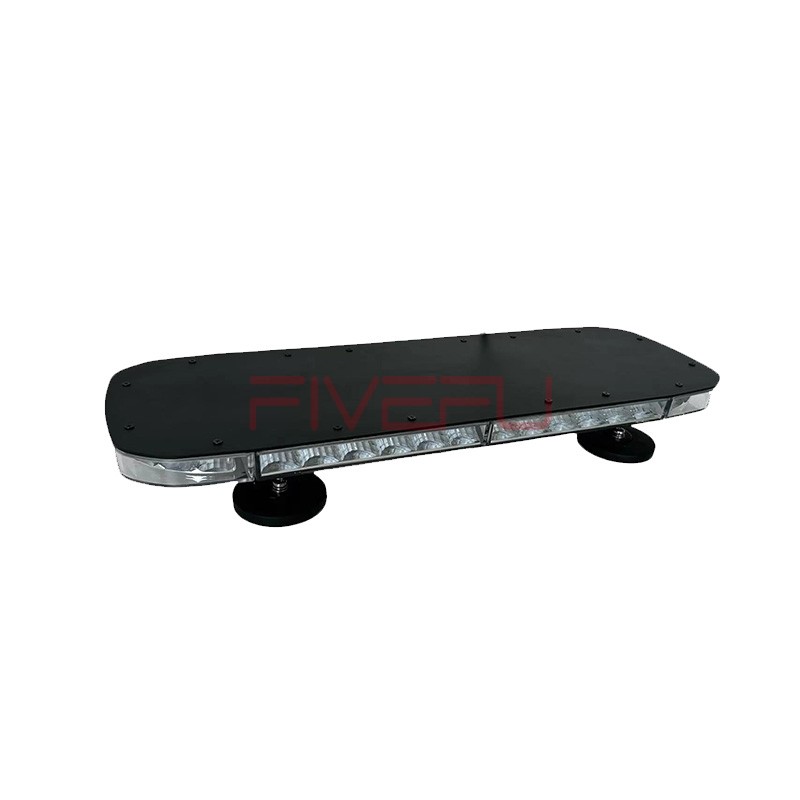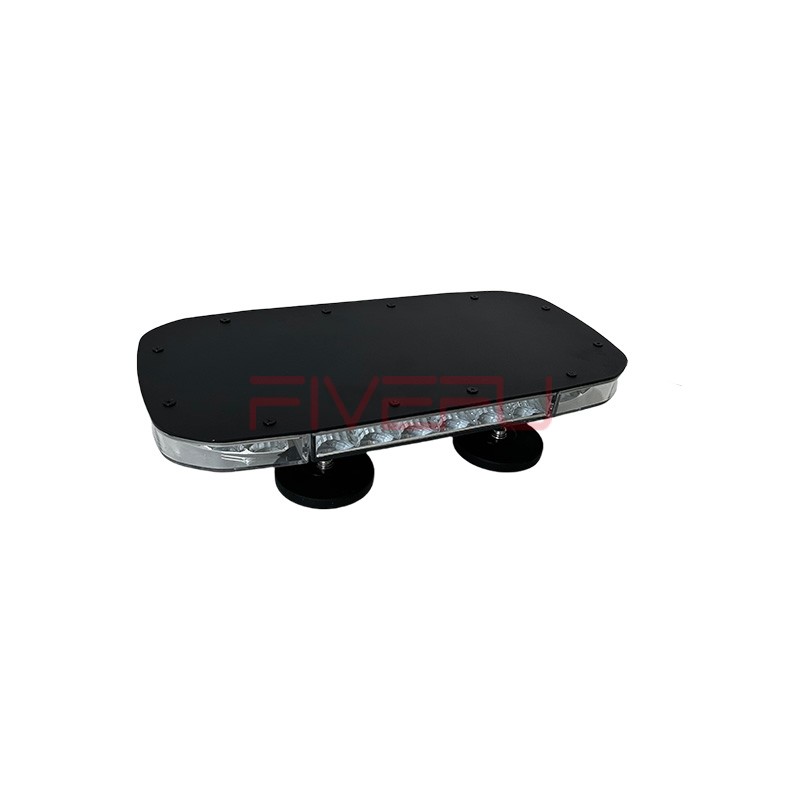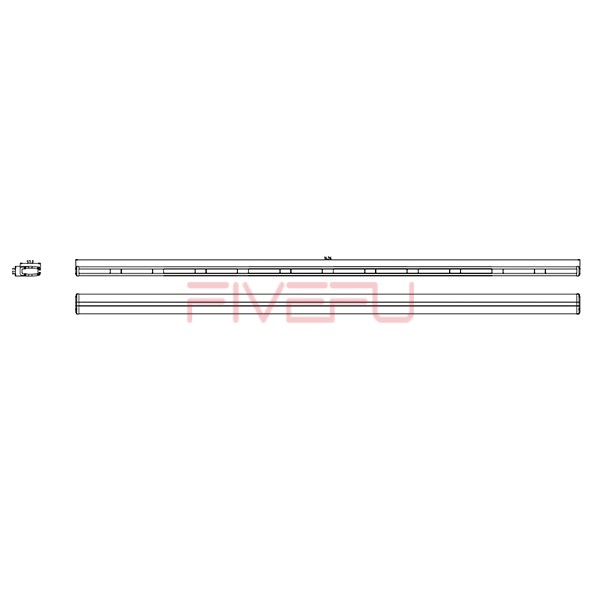Drivers often confuse red turn signals with white brake lights, risking unsafe road communication. Misleading signals cause accidents. Understanding legal automotive lighting rules helps ensure safe, compliant vehicle use.
No, cars cannot legally use red turn signals with white brake lights. Most countries require red brake lights for visibility and safety, while turn signal colors are regulated as red or amber depending on the region. White rear-facing lights are legally limited to reverse lights only. Any deviation violates vehicle lighting standards.
Understanding these lighting regulations helps you avoid illegal modifications and stay compliant with regional vehicle safety standards.
Why Brake Light and Turn Signal Colors Are Strictly Regulated
Brake lights and turn signals are critical visual communication tools, helping drivers interpret another vehicle’s intentions. To prevent accidents, global automotive standards define exactly which colors can be used for each function.
Brake lights universally must be red because the human eye detects red light quickly at long distances. This ensures drivers behind have enough reaction time when a vehicle slows down. Using any other color, especially white, reduces reaction speed and dramatically increases rear-end collision risk.
Turn signals serve an entirely different purpose: directional communication. Many regions, such as North America, permit red or amber turn signals, while Europe, Asia, and Australia require amber only because amber provides stronger visual differentiation from brake lights. Regulations aim to ensure that when a driver indicates a turn or lane change, surrounding vehicles can instantly recognise the intention.
If brake lights were white, they would be indistinguishable from reverse lights, which signal backward movement. This would create dangerous confusion, especially at night or during heavy traffic. Therefore, white brake lights are universally prohibited.
Vehicle manufacturers must follow international standards such as FMVSS (United States), ECE (Europe), and ADR (Australia). These standards specify brightness, placement, and color requirements. Any improper lighting combination—including white brake lights—is illegal for road use.
Why Some Drivers Believe These Combinations Exist
Some people think certain cars come with white brake lights or unusual turn signal colors. This misunderstanding usually comes from a few common reasons:
-
Aftermarket Modifications: Some drivers install custom LED or clear-lens taillights that appear white when unlit. However, when illuminated, these still emit red light because the internal LEDs are red. If they emitted white for braking, the vehicle would fail inspection and be illegal.
-
Reverse Light Confusion: Many modern vehicles have bright white LED reverse lights placed near the red brake lights. When activated simultaneously (for example, when braking while shifting into reverse), it may appear the brake light is white, but it is actually the reverse light.
-
Damaged or Faded Lenses: Over time, red lenses can fade or crack, making the light output appear washed out. However, the bulb or LED underneath still emits red light.
-
International Market Differences: Some vehicles sold in the U.S. have red rear turn signals, while export versions of the same model use amber. This can lead buyers to believe certain cars have unusual or non-standard lighting, but all versions still use red brake lights.
No automaker sells a new vehicle with white brake lights. Such a design would never pass road-worthiness tests in any country.
Global Rules on Turn Signal Colors
Turn signal regulations vary slightly across regions but all adhere to strict safety standards.
1. United States and Canada (FMVSS 108)
-
Turn signals: Red or amber permitted
-
Brake lights: Red only
-
White lights at rear: Reverse lights only
The U.S. allows more styling flexibility, so you will see many SUVs and sedans with red turn signals. Even then, brake lights must remain red.
2. Europe (ECE Regulations)
-
Turn signals: Amber mandatory
-
Brake lights: Red only
-
White lights: Only for reversing
Europe’s rules prioritise unmistakable signal differentiation, so red turn signals are banned entirely.
3. Asia-Pacific Regions (Japan, Australia, Korea)
-
Turn signals: Amber required
-
Brake lights: Red
-
White lights: Reverse only
These regions follow ECE-like standards, ensuring clear visibility and communication.
4. Middle East, Africa, South America
Most countries adopt ECE standards or blends of ECE and FMVSS. Regardless of system, no regulation allows white brake lights.
What Happens If You Install Non-Compliant Lights?
Illegal modifications can lead to several consequences:
1. Failing Safety Inspection
Annual or import inspections check that brake and indicator lights meet regional standards. White brake lights fail instantly.
2. Traffic Fines
Police can issue violations for improper lighting, especially if the signals confuse other drivers or pose a safety risk.
3. Increased Accident Risk
Unusual light colors reduce reaction times. For example, white light at the rear can be mistaken for reversing, signalling the wrong action.
4. Insurance Problems
Using illegal lighting may void insurance coverage if an accident occurs due to improper signals.
5. Warranty Voiding
Automakers can void warranty coverage if non-approved lighting modifications damage electrical systems.
OEM lights follow strict engineering and regulatory processes; altering them compromises both safety and legality.
Conclusion
Cars never use red turn signals with white brake lights. Follow legal light standards to maintain safe, compliant vehicle operation.









